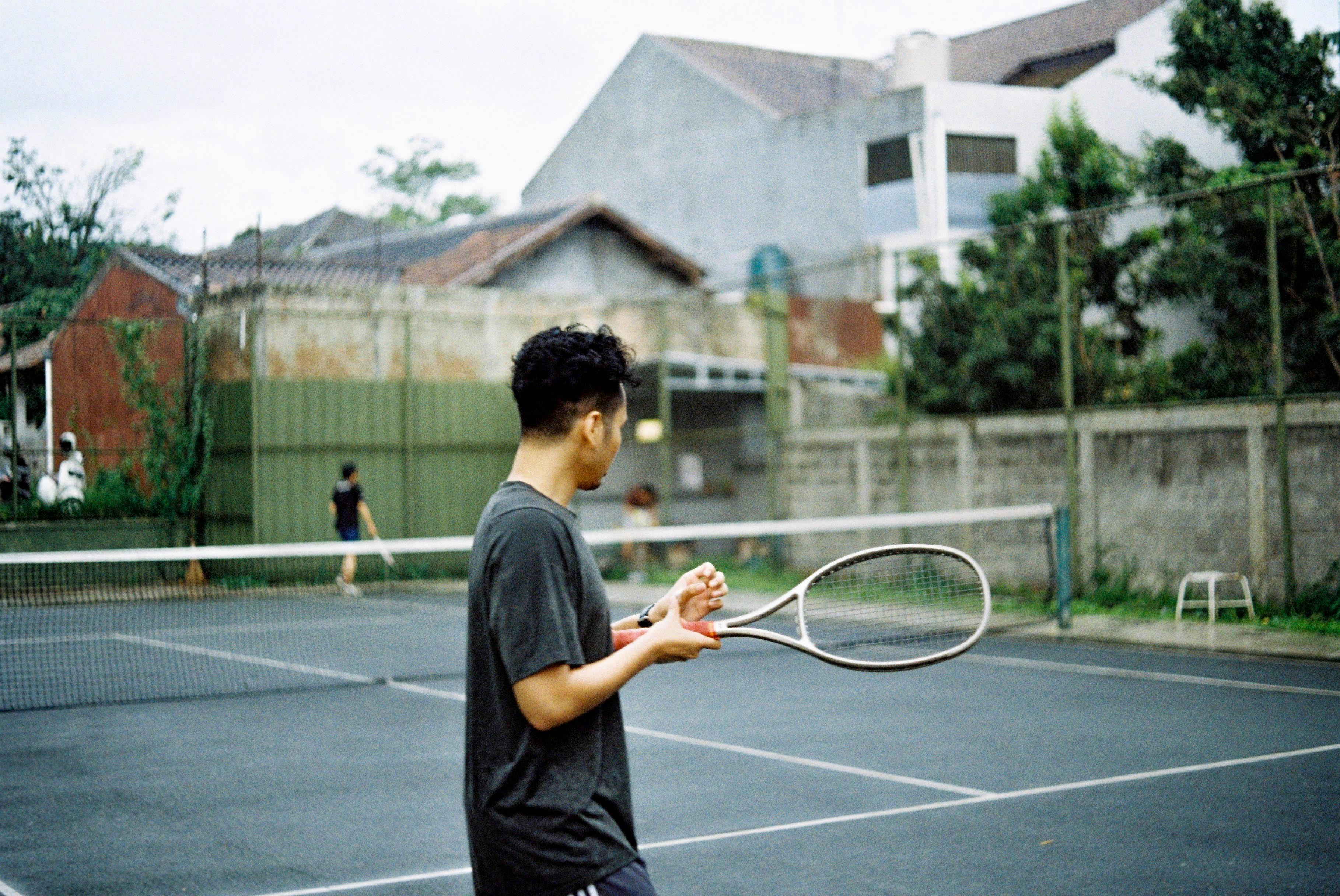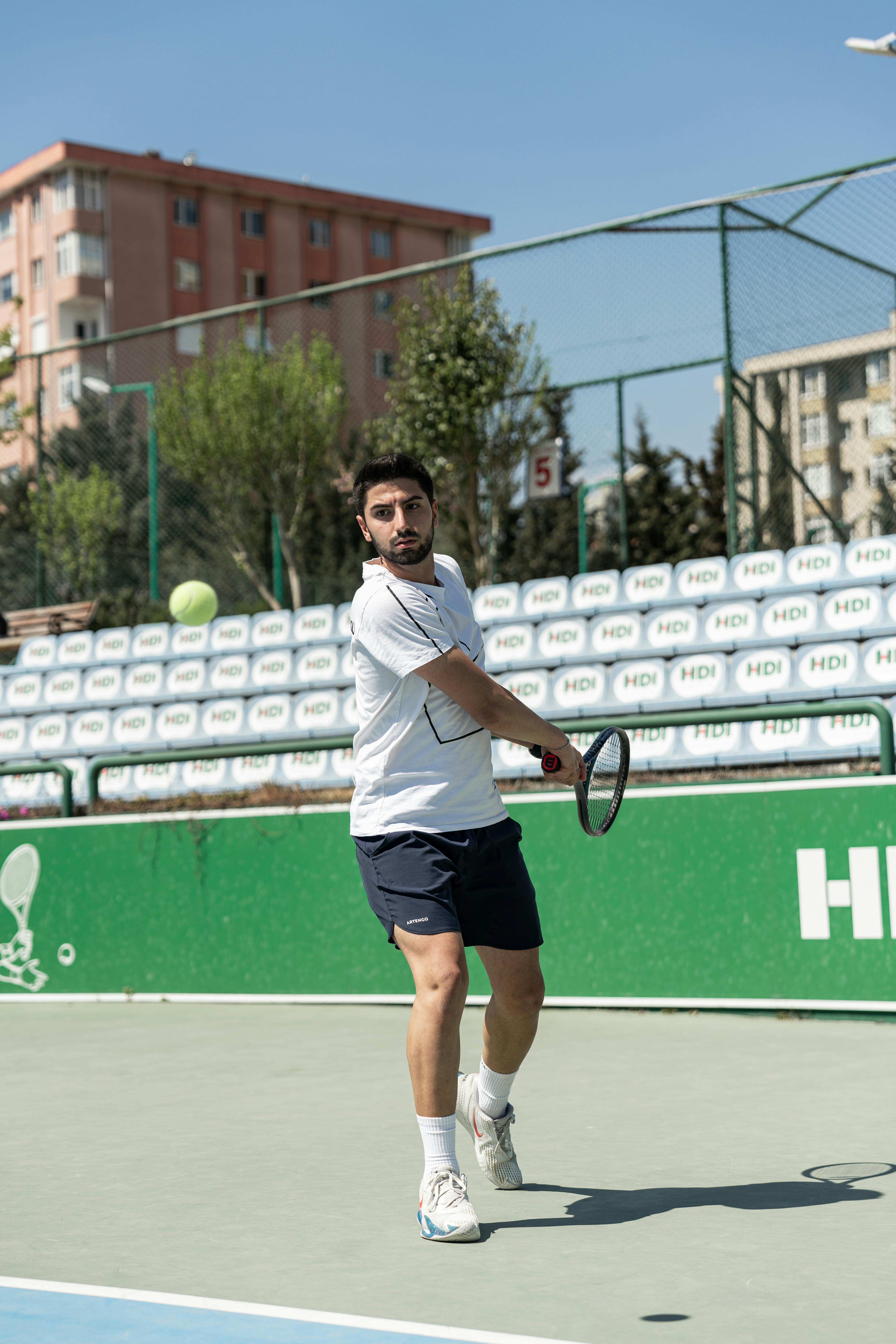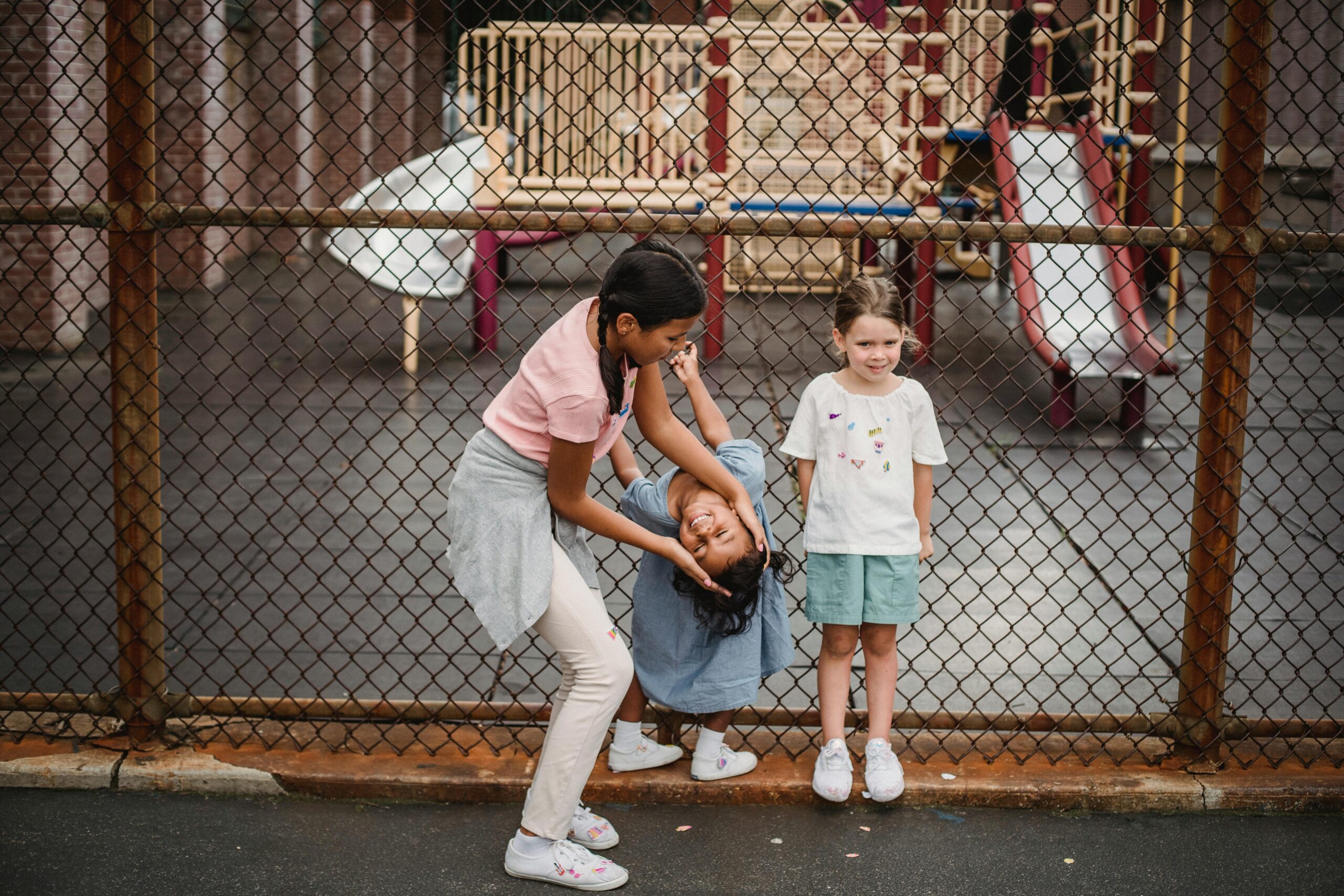Exploring the Power of Swing City Sports Programs
Swing City Sports is reshaping how communities experience recreational athletics. With a blend of innovation, structure, and inclusivity, it stands as a beacon of modern sports development. This article explores the concept, implementation, and long-term impact of Swing City Sports, guiding you through practical steps and future trends that define this movement.

Understanding the Fundamentals
The foundation of Swing City Sports lies in combining structured coaching with a community-first mindset. This system emphasizes skill development, teamwork, and competitive readiness, fostering a supportive yet ambitious environment.
Historically, local sports leagues focused on informal play. Swing City Sports evolved from this model, introducing intentional strategy and professional oversight to increase value for participants and their communities alike.
1.1 Athlete-Centered Development
At the heart of Swing City Sports is athlete-centered training, where programs are tailored to meet individual growth goals. Whether you’re a beginner or an advanced athlete, training is calibrated to your pace and style.
In contrast to traditional group-only models, this approach yields higher retention rates and better performance outcomes. It reduces burnout and maximizes potential at all levels.
1.2 Integrated Coaching Framework
Swing City Sports stands out through its multi-layered coaching structure. Each coach is trained not just in their sport but also in youth mentorship and injury prevention.
This combination of technical instruction and holistic support enhances the athlete experience. Many local leagues have begun adopting similar formats in response to its success.
Practical Implementation Guide
Transitioning into the Swing City Sports model requires preparation and clarity. The goal is not just participation, but structured progression with tangible results.

2.1 Actionable Steps
- Assessment: Conduct baseline evaluations to understand current fitness and skill levels
- Planning: Utilize scheduling tools to map out training calendars, matches, and recovery periods
- Execution: Implement phased training cycles and track performance metrics every month
2.2 Overcoming Challenges
Common obstacles include low initial engagement, overtraining, and unclear goal-setting. To counteract these:
- Start with community open houses and free clinics to drive interest
- Educate parents and athletes on balancing rest and intensity
- Use visual goal boards to clarify and celebrate milestones
Experts recommend reevaluating every 90 days and adjusting based on team feedback and physical performance data.
Advanced Applications
Once the basics are in place, Swing City Sports allows for next-level engagement through elite techniques. These are ideal for athletes aiming for competitive leagues, scholarships, or high-performance teams.

3.1 Performance Analytics Integration
One advanced method includes real-time performance tracking. Swing City Sports programs increasingly use wearables and data dashboards to monitor agility, endurance, and injury risk.
For example, athletes who adopted this approach improved sprint times by 18% over six months, according to internal studies conducted by affiliated trainers.
3.2 Multi-Sport Conditioning
Cross-training across multiple sports disciplines helps athletes build complementary skills. For instance, basketball players in the program often incorporate soccer footwork drills for improved coordination.
This technique also prevents overuse injuries and promotes well-rounded athleticism.
Future Outlook
Looking ahead, Swing City Sports aims to expand its digital footprint and diversify sport offerings. Virtual coaching tools, AI-driven performance feedback, and community voting for new leagues are on the horizon.
Industry analysts forecast a 25% rise in youth athletic participation in cities with programs like these by 2028. Communities preparing now will lead that charge.
Conclusion
Key takeaways include the importance of structured development, personalized coaching, and scalable systems. Swing City Sports is more than a training program—it’s a transformation in how sports are experienced locally.
If you’re an athlete, parent, or coach ready to level up your game, now is the time to explore Swing City Sports. Join a movement that prioritizes growth, inclusivity, and performance.
Frequently Asked Questions
- Q: What is Swing City Sports? It’s a structured recreational sports system focusing on personal growth, team-building, and community-based coaching.
- Q: How do I get started with a Swing City Sports program? Begin by attending an orientation or free skills clinic offered at your nearest participating facility.
- Q: How much time does it take to see progress? Most athletes experience measurable gains within 4-6 weeks, depending on their effort and attendance.
- Q: Is this expensive? Pricing varies, but plans are often tiered and affordable, especially for families or group enrollments.
- Q: How does Swing City Sports compare to traditional leagues? It offers more structure, better coaching, and personalized growth plans, unlike casual recreational leagues.
- Q: Is the program difficult for beginners? Not at all—sessions are grouped by skill level, ensuring a welcoming start for new athletes.
- Q: Are there industry-specific applications? Yes, Swing City Sports has custom tracks for high-school athletic programs, youth academies, and adult fitness leagues.
